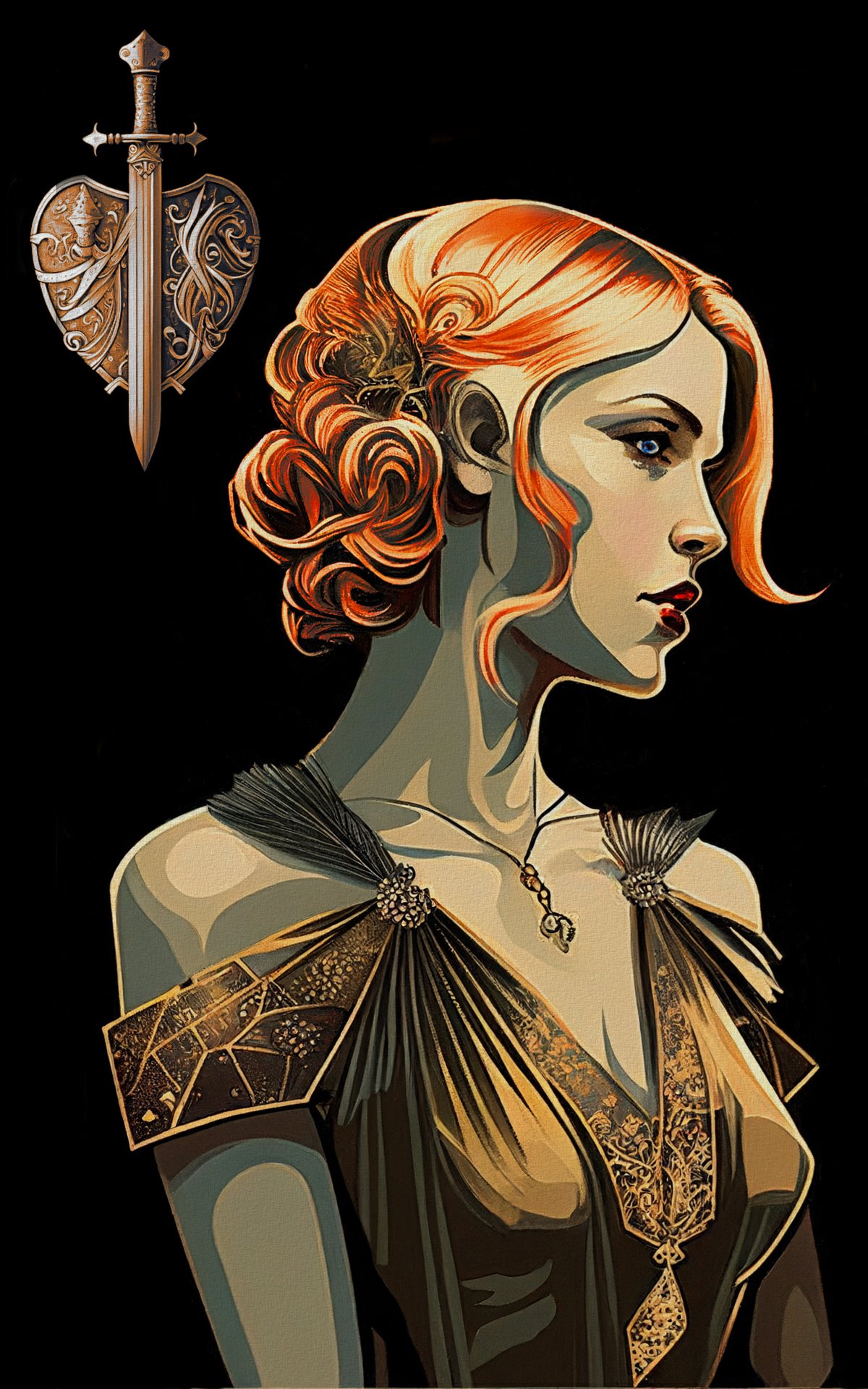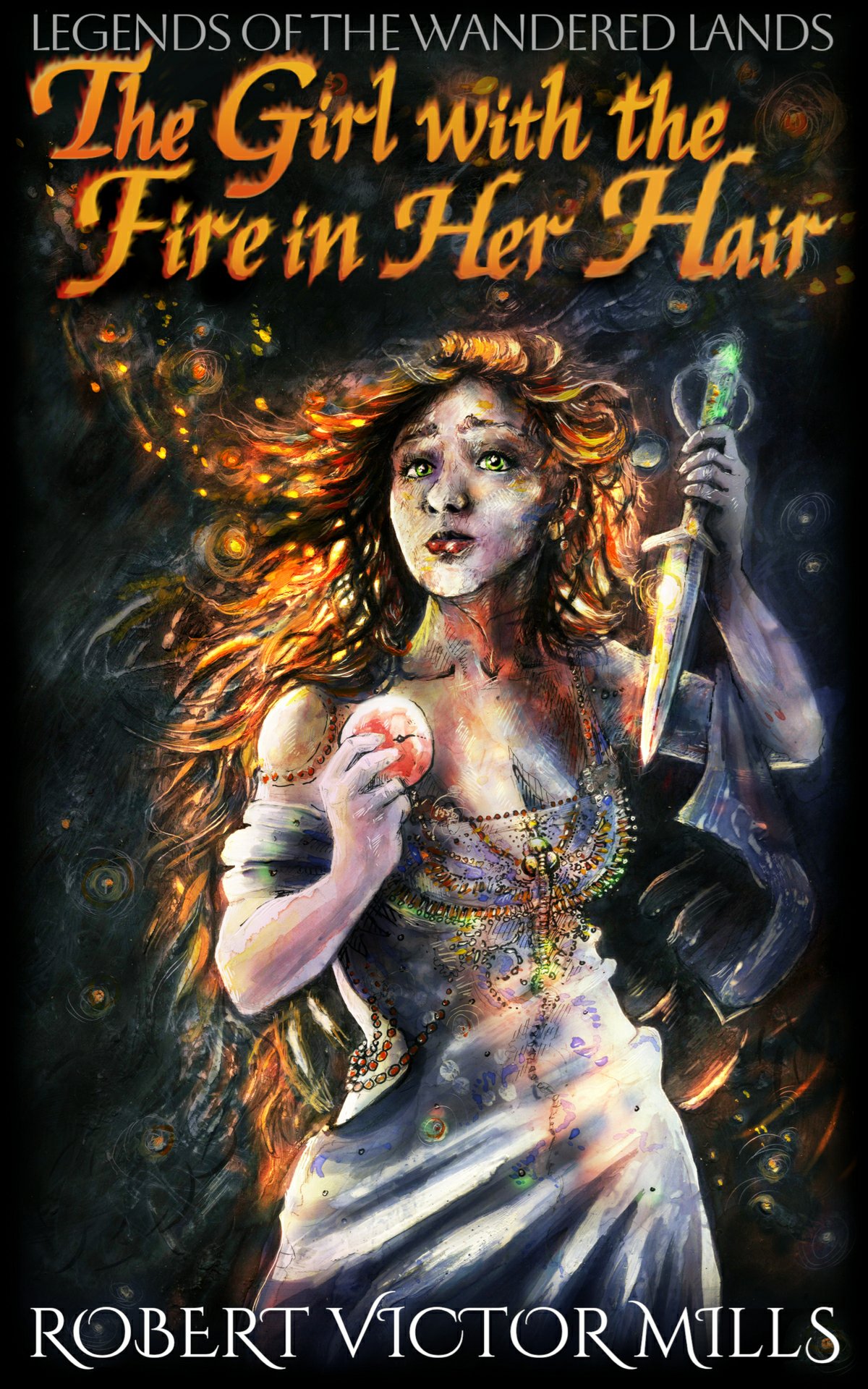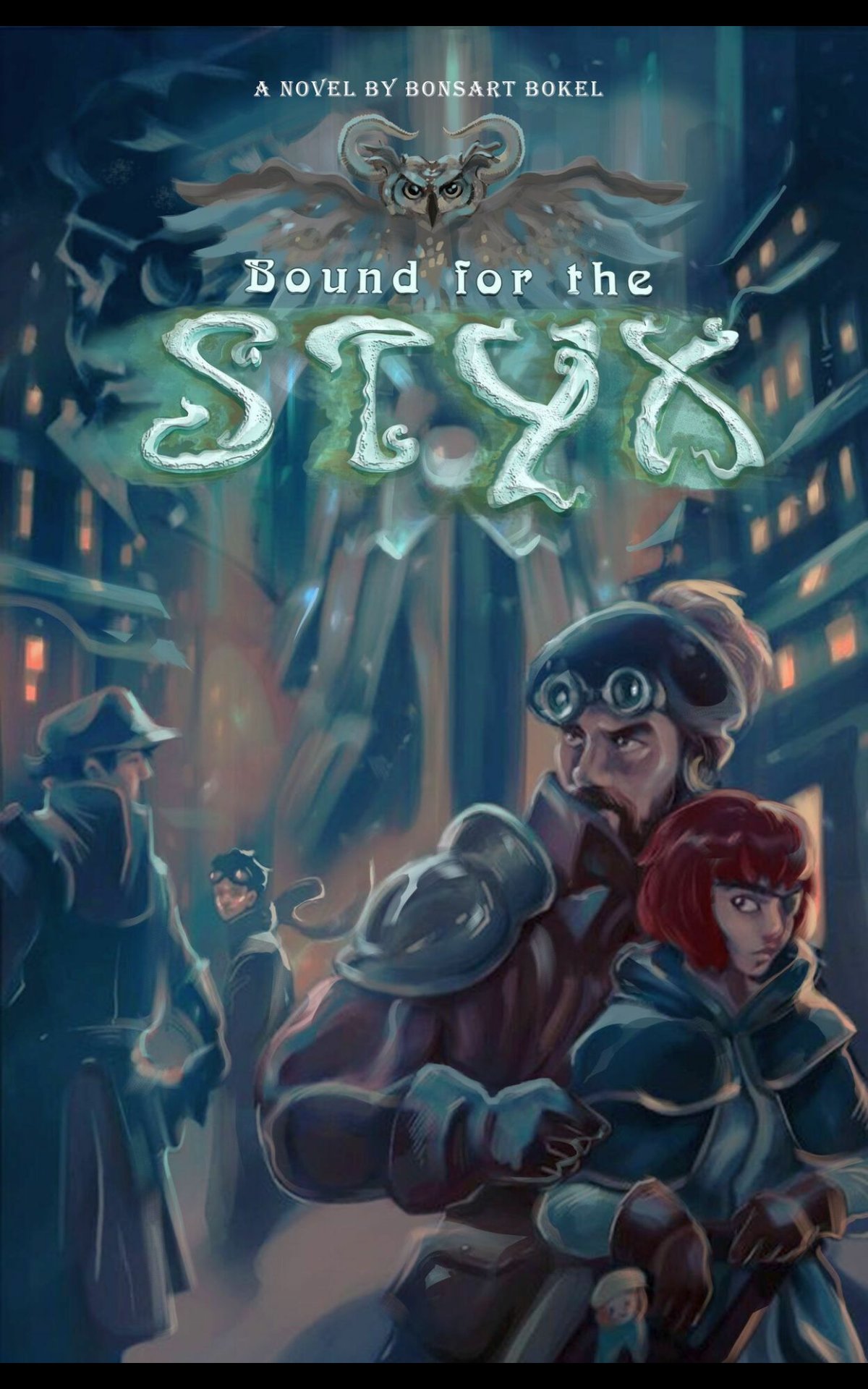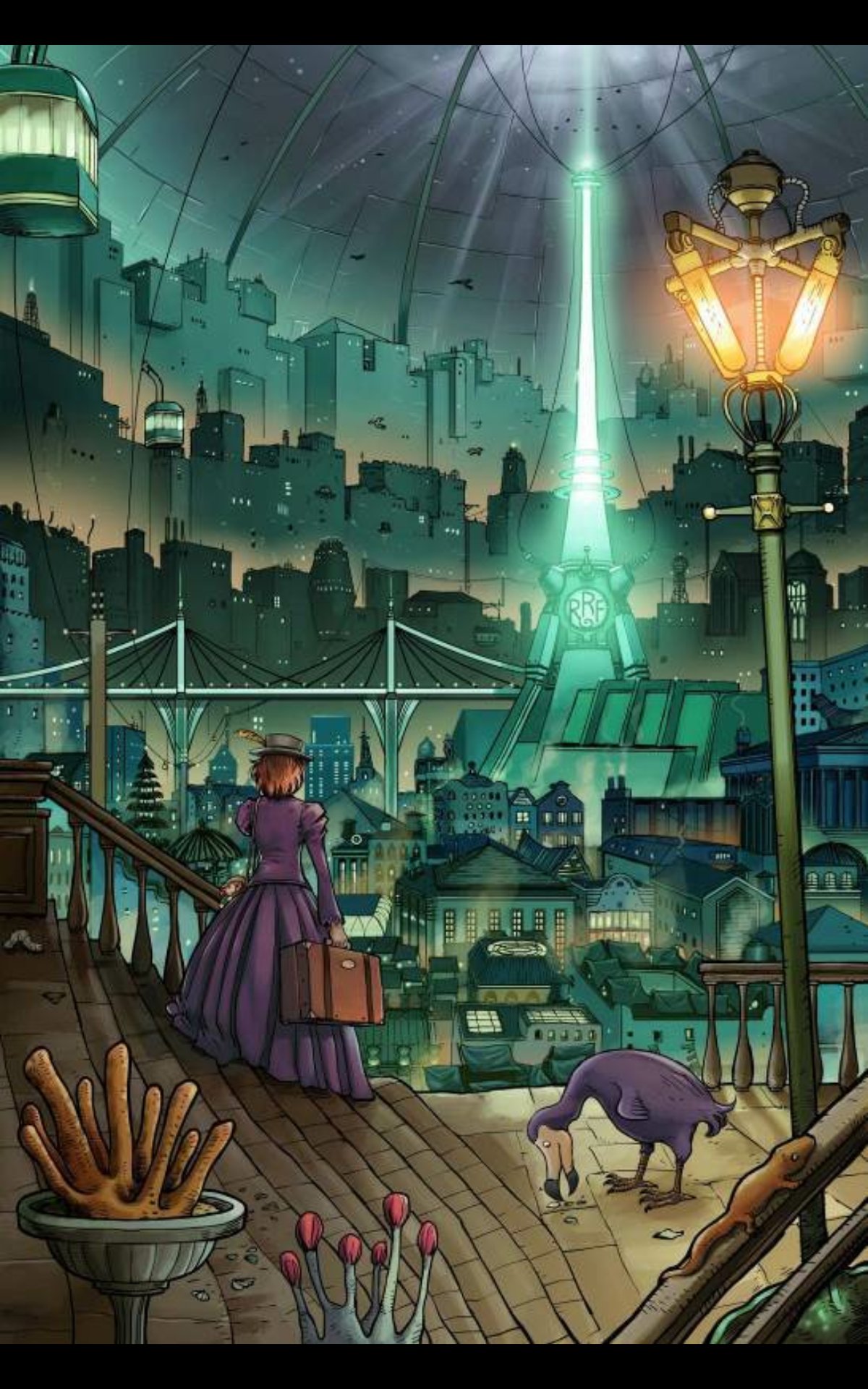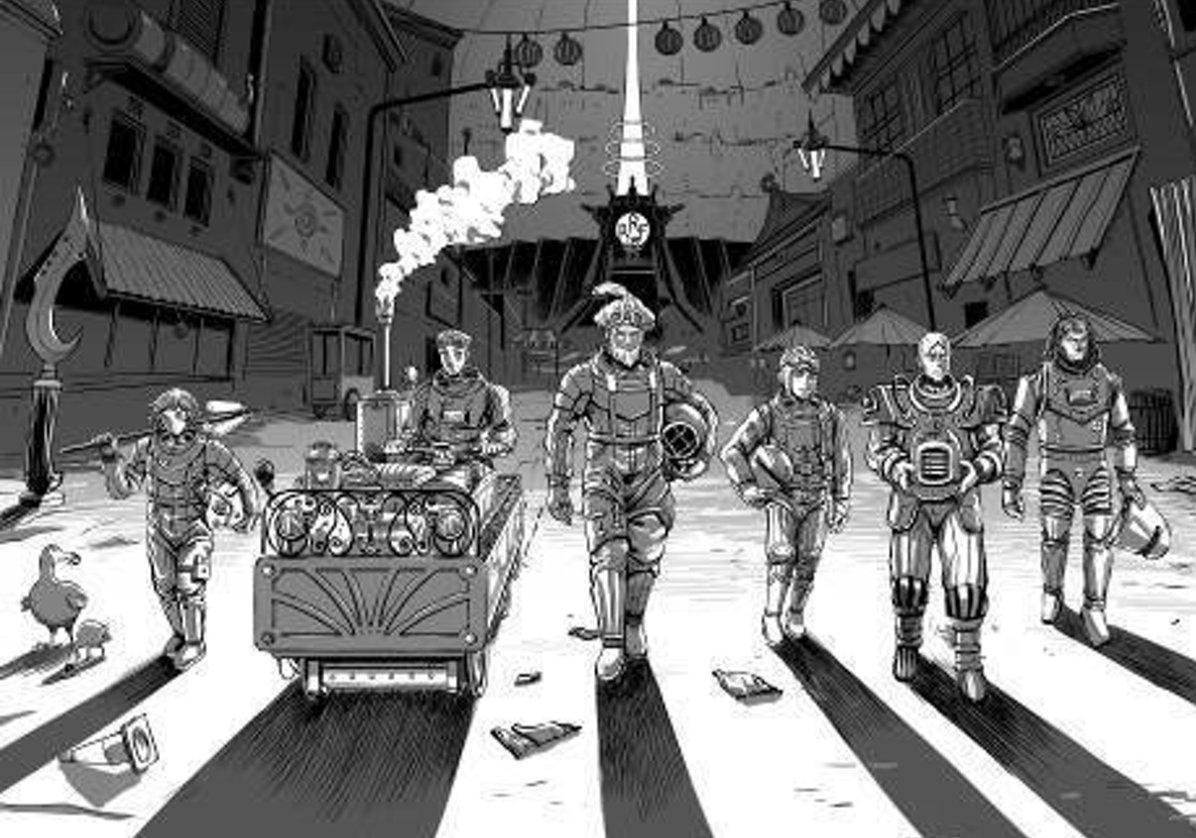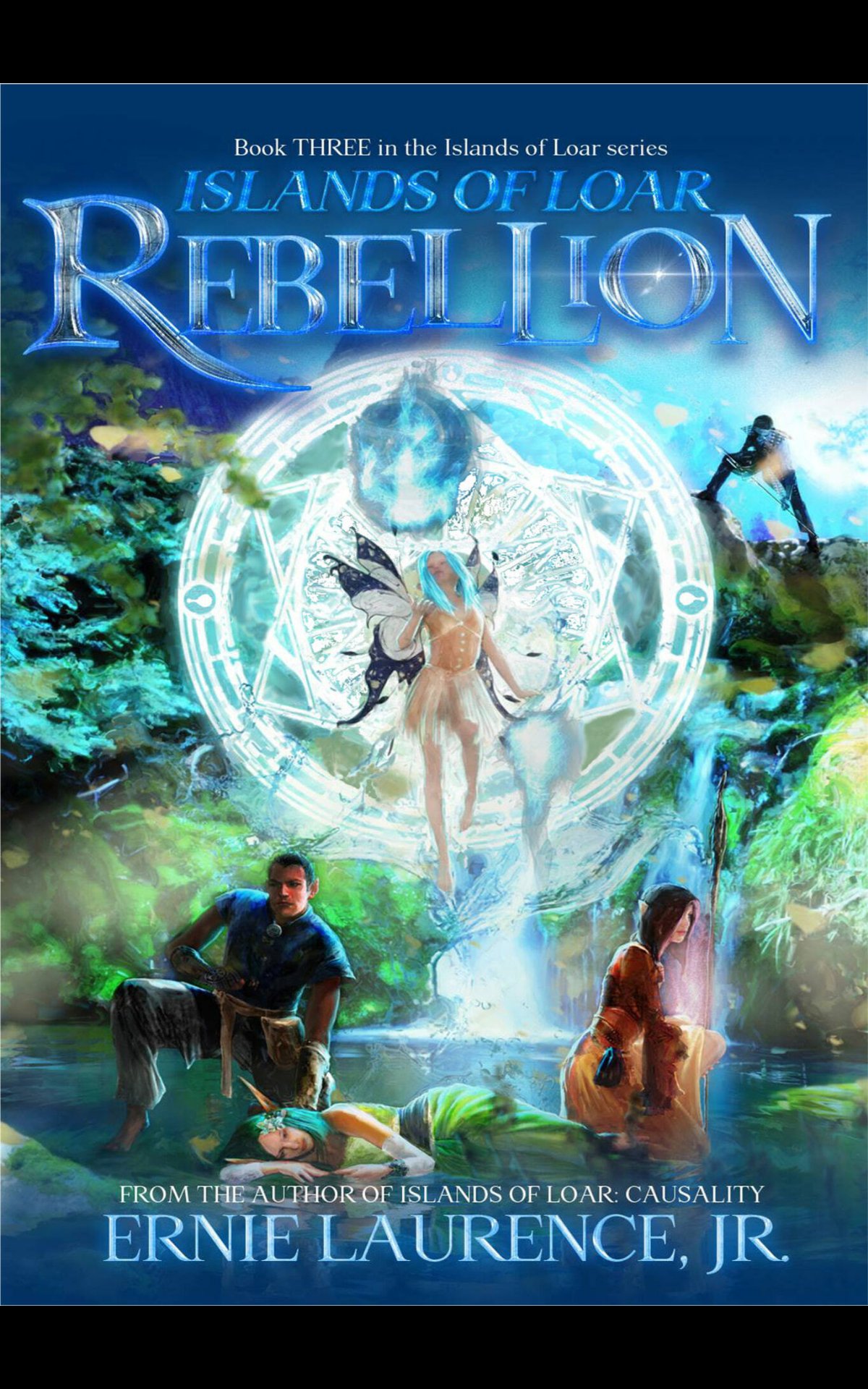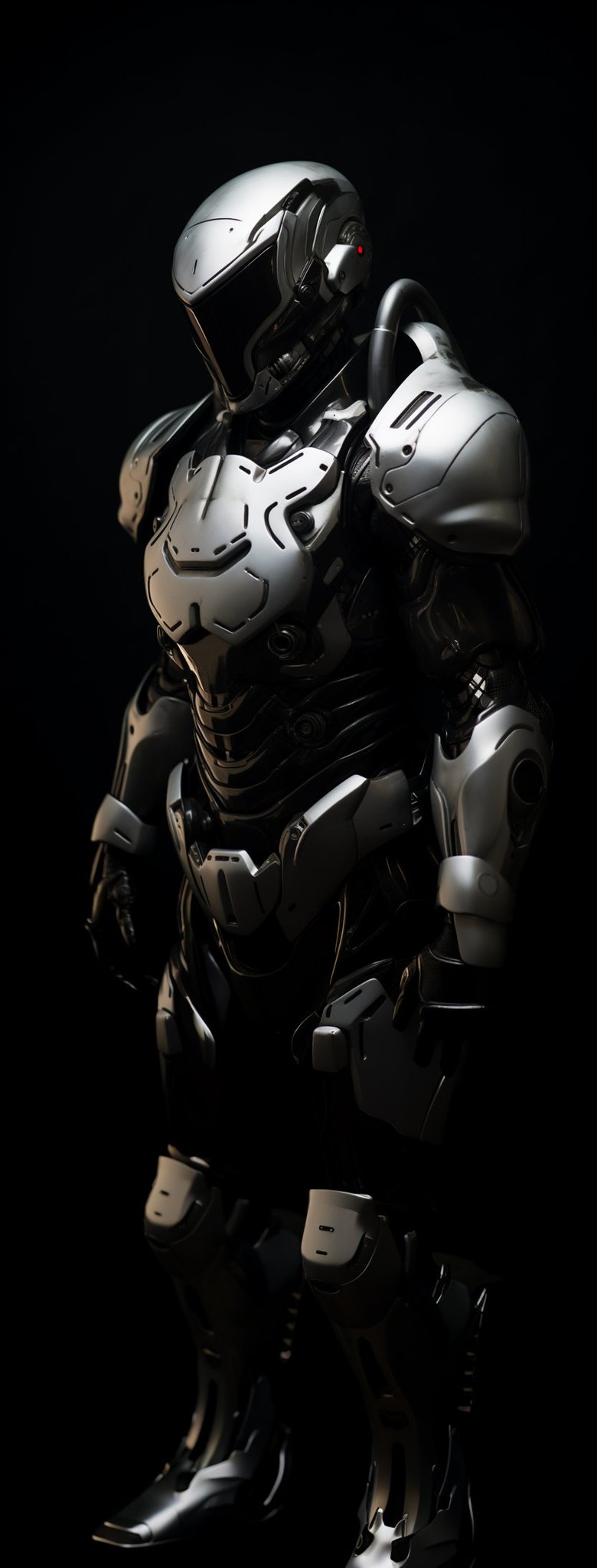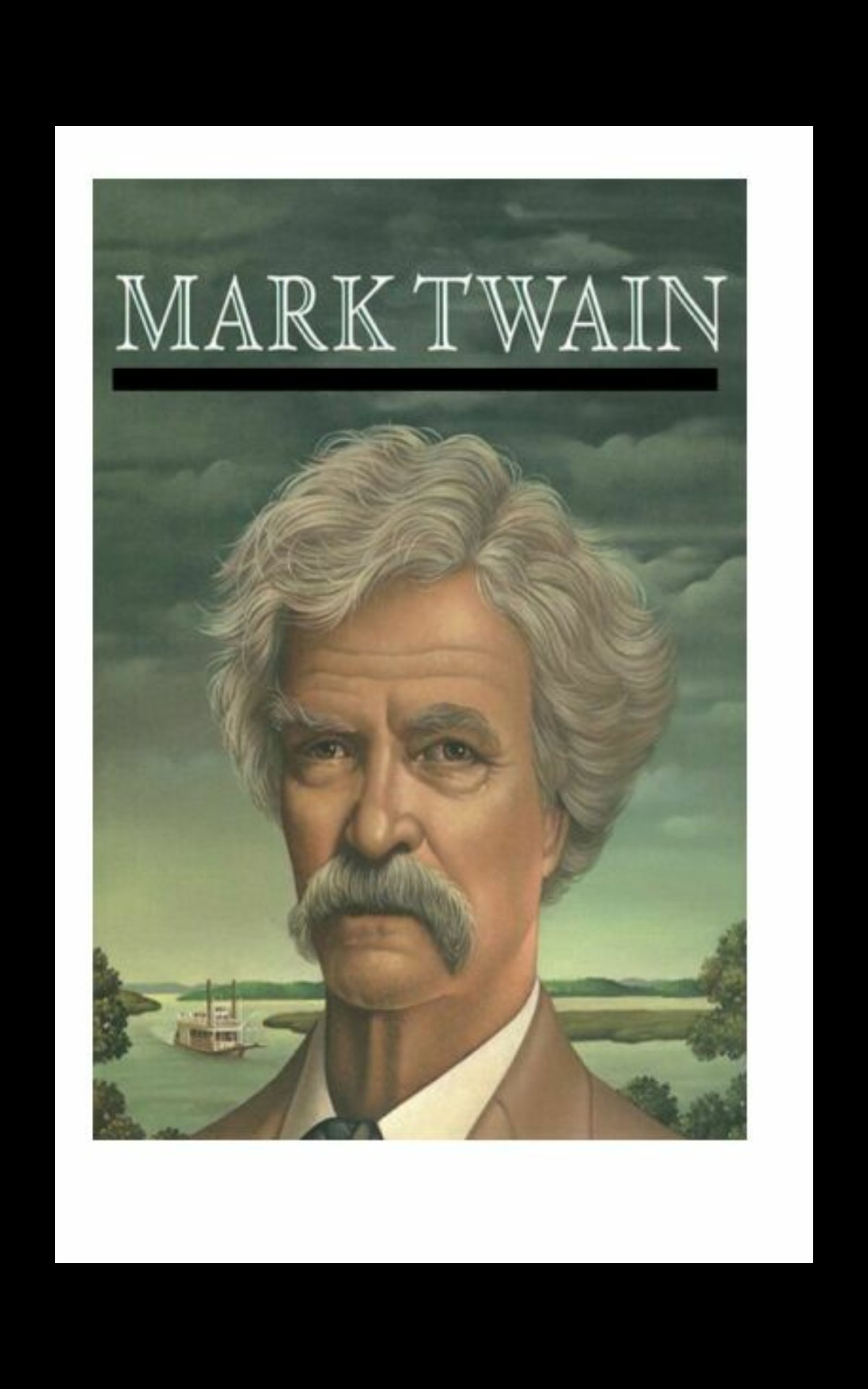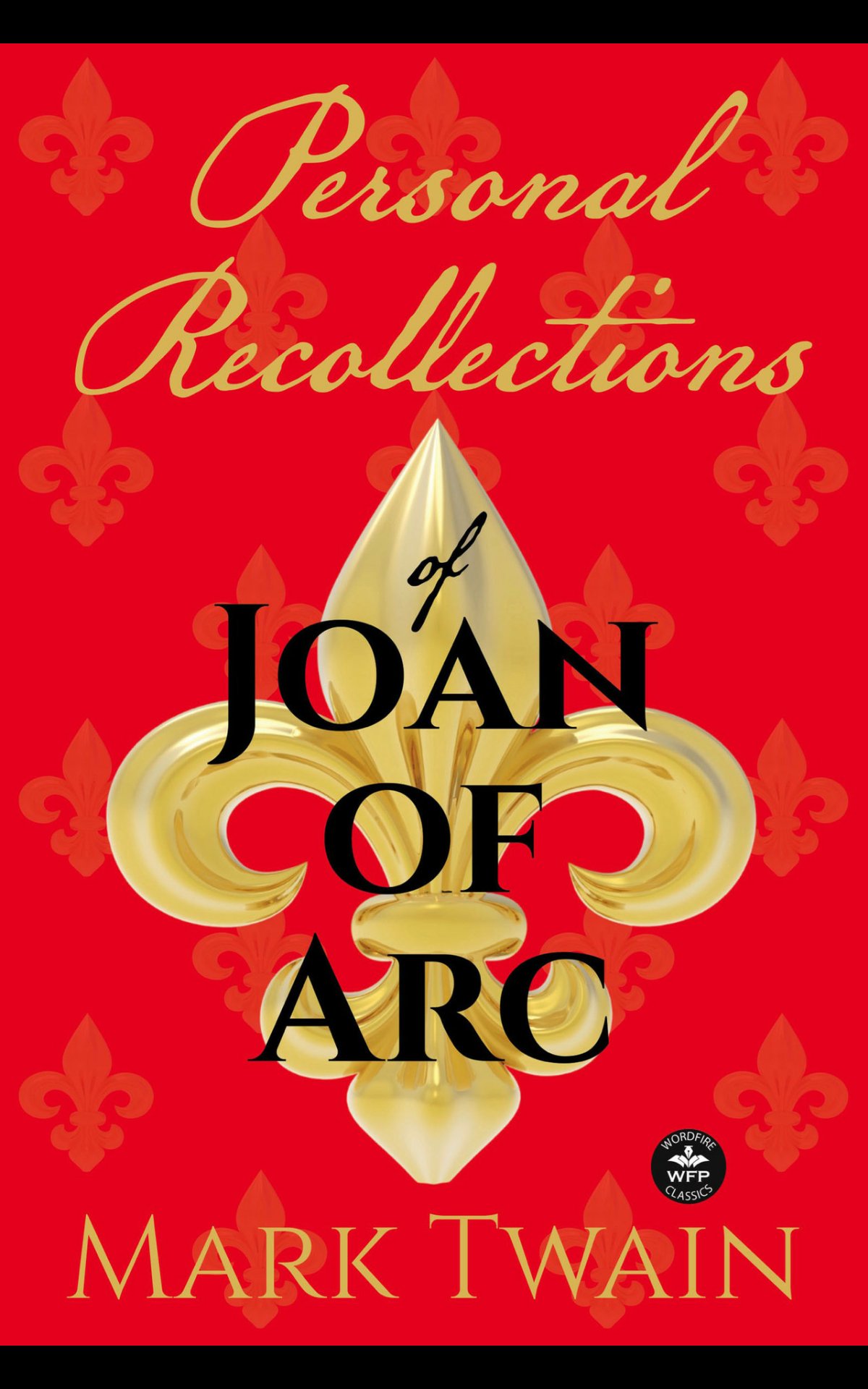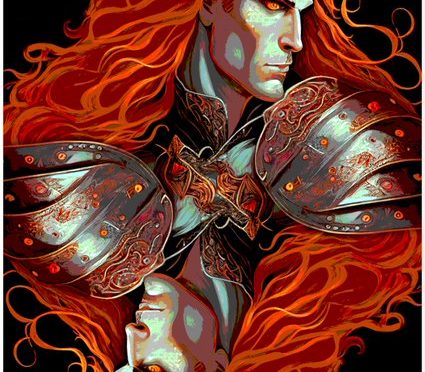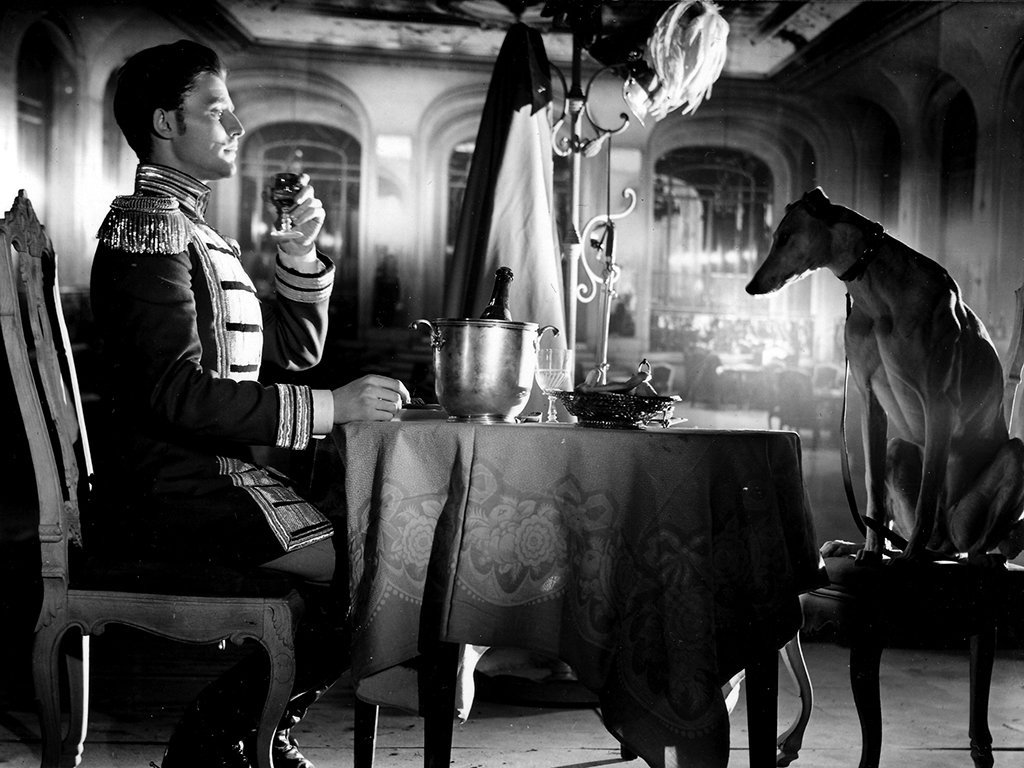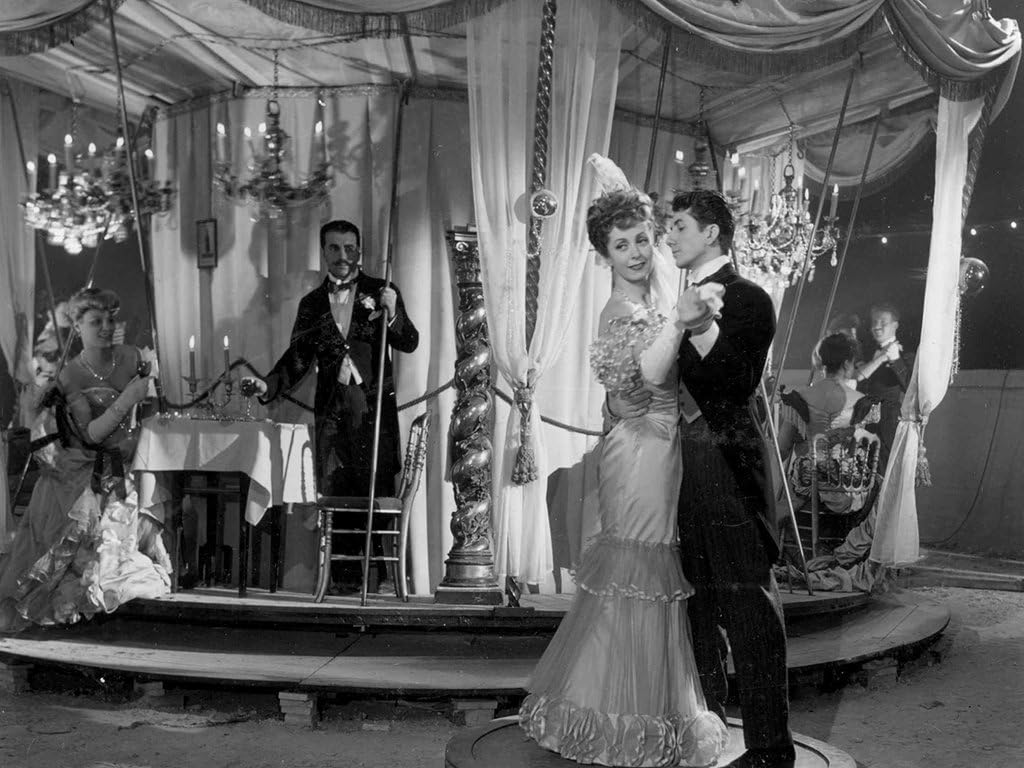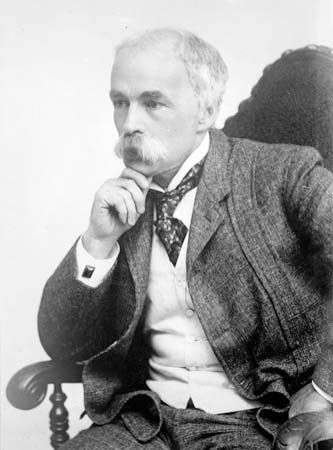By Paul Leone
Reviewed by
![]()
~“I think there’s loads of things that ‘appen in London that don’t make the papers.”
Zillah nodded. She knew that all too well.~
When I think of Paul Leone, I think of an author that embodies my concept of creating NEW LEGENDS, A concept that I continuously ‘spam’ all over social media. I don’t exaggerate when I place Leone in the same club as Tolkien or C.S. Lewis, and deservingly so.
But oftentimes, we wrongly assume that great authors will always and undisputedly write great books… which is not the case.
PLOT:
The Mysteries of Zillah Harvey revolves around a young lady-Zillah Harvey-who becomes a member of the Savant Club: “the most prestigious gathering place for those who belonged to either London’s occult community or its Bohemian, if not both.”
After nearly being stabbed to death in a dark alley by none other than Jack The Ripper, Zillah mysteriously gains what seem to be paranormal faculties. It’s thanks to those acquired faculties which allow Zillah to communicate with the dead that she earns a membership to the prestigious paranormal organization the Savant Club, whose members include peculiar characters such as Hazel Payton, Newell Ashwood and Colonel Christie.
Zillah is now licensed to perform seances and make a decent living at that…And here is where I find issues with this story.
MAIN CHARACTER/FLAWS:
Zillah, for all intents and purposes, feels like a very shallow and self-absorbed character. She has very promiscuous tendencies (literally sleeping with a man after just 2 hours of having met, sometimes even dating/sleeping with multiple partners); uses her ‘gift’ not so much to help people but to make herself wealthier; shows utter ungratefulness towards Peggy, her landlady, who always caters to her needs and always making sure that she is well fed and cared for. She doesn’t give us any redeemable features that would make us want to care about her, quite frankly.

THE WORLD:
Where the novel shines is in the reconstruction of 1800s England along with her folklore, legends, myths, and peoples. Leone is very diligent at doing his homework and giving due respect to our beloved European culture which has been in decay as of late.
The way all characters maintain their distinguished accents going from one region to another is also a positive point I need to highlight.
STRUCTURE:
The novel is a group of short stories or ‘cases’ that Zillah finds herself at the center of, but they are all part of one long thread all pointing at Zillah and the mystery surrounding her newly acquired psychic powers.
CONCLUSION:
Overall, this is a good novel worth reading, if for nothing besides the accuracy of the myths and folklore surrounding the British island. As mentioned before, I found the MC shallow and at times, and quite insufferable due to her promiscuous tendencies and overall selfish behavior. But I am being overly harsh here because I know what Leone is capable of writing.
*To the author’s credit, this was an earlier work of his, so I am sure he went through personal growth and development as a writer, which would be quite understandable indeed.
🦀




